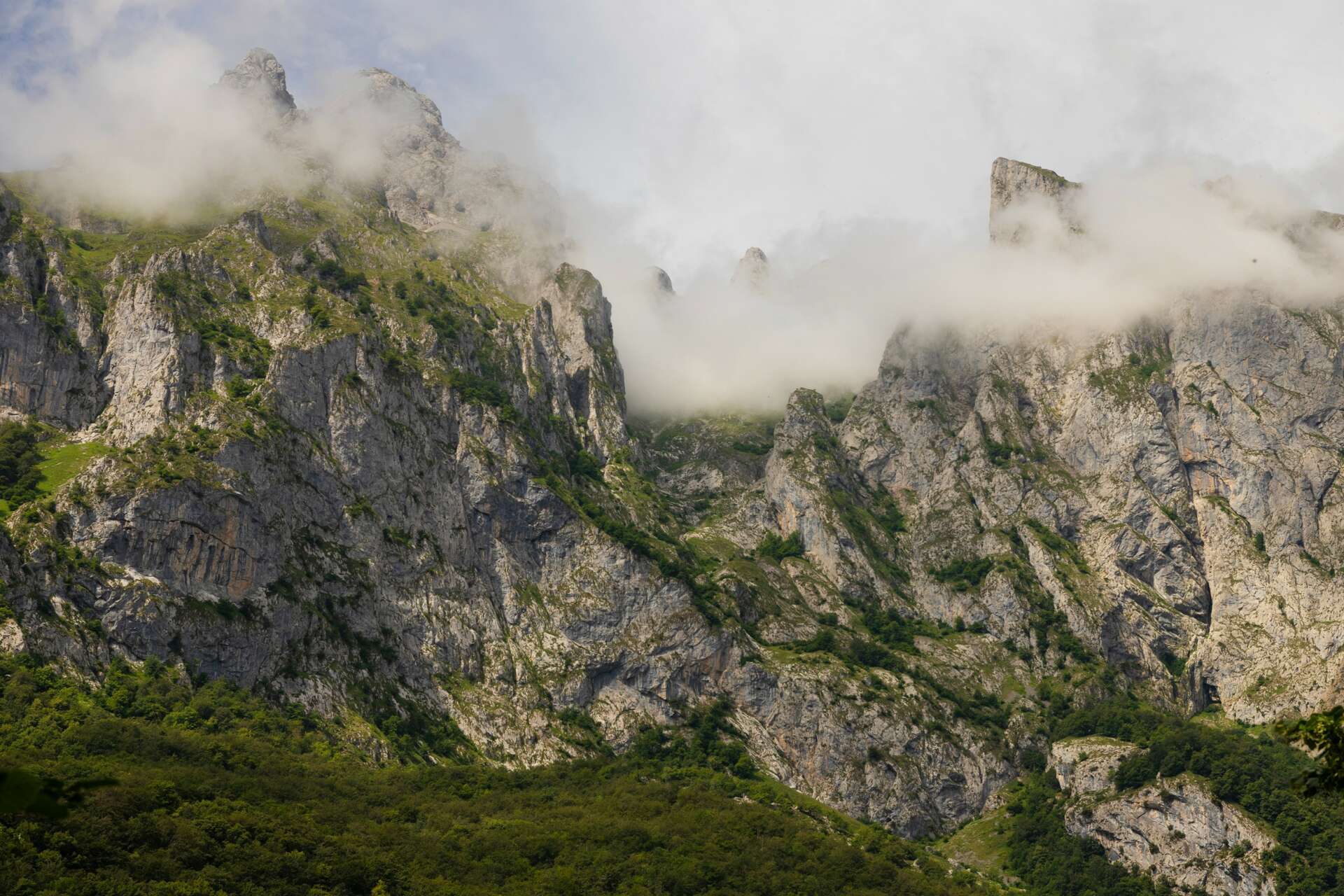We recently connected with Christopher Lisle and have shared our conversation below.
Christopher, thanks for taking the time to share your stories with us today Do you wish you had waited to pursue your creative career or do you wish you had started sooner?
Growing up as a child I always had a passion for creating and building things. Likewise when I attended University I received a B.A in Studio Art but found it challenging once I graduated to find a career in what I actually enjoyed. I worked a variety of different jobs in the marketing advertising realm before starting my own freelance business. Although I knew what my passion was it took me some time in my various interests to learn what to actually concentrate on. Sometimes the journey to the goal is where you learn the most.
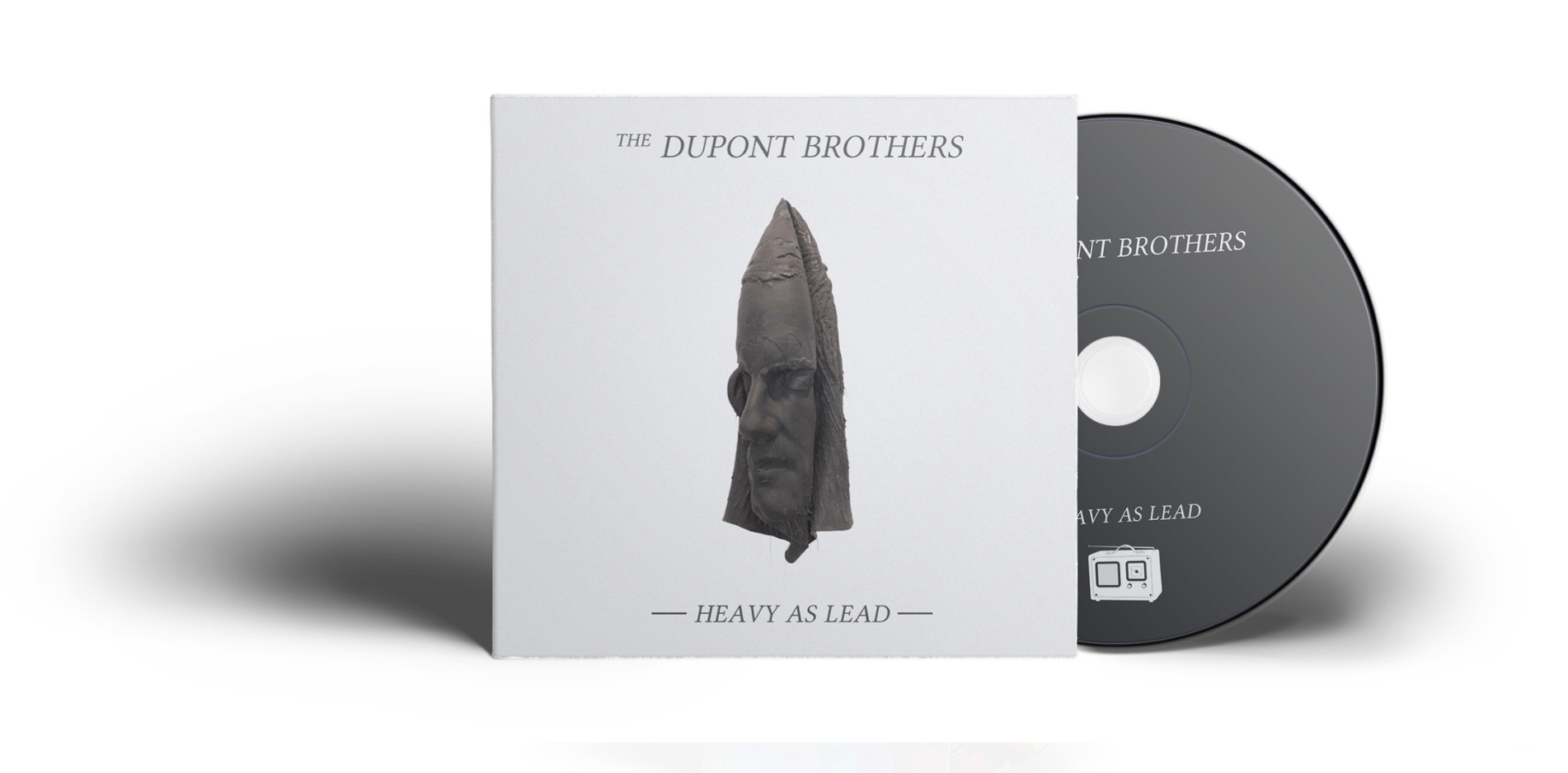
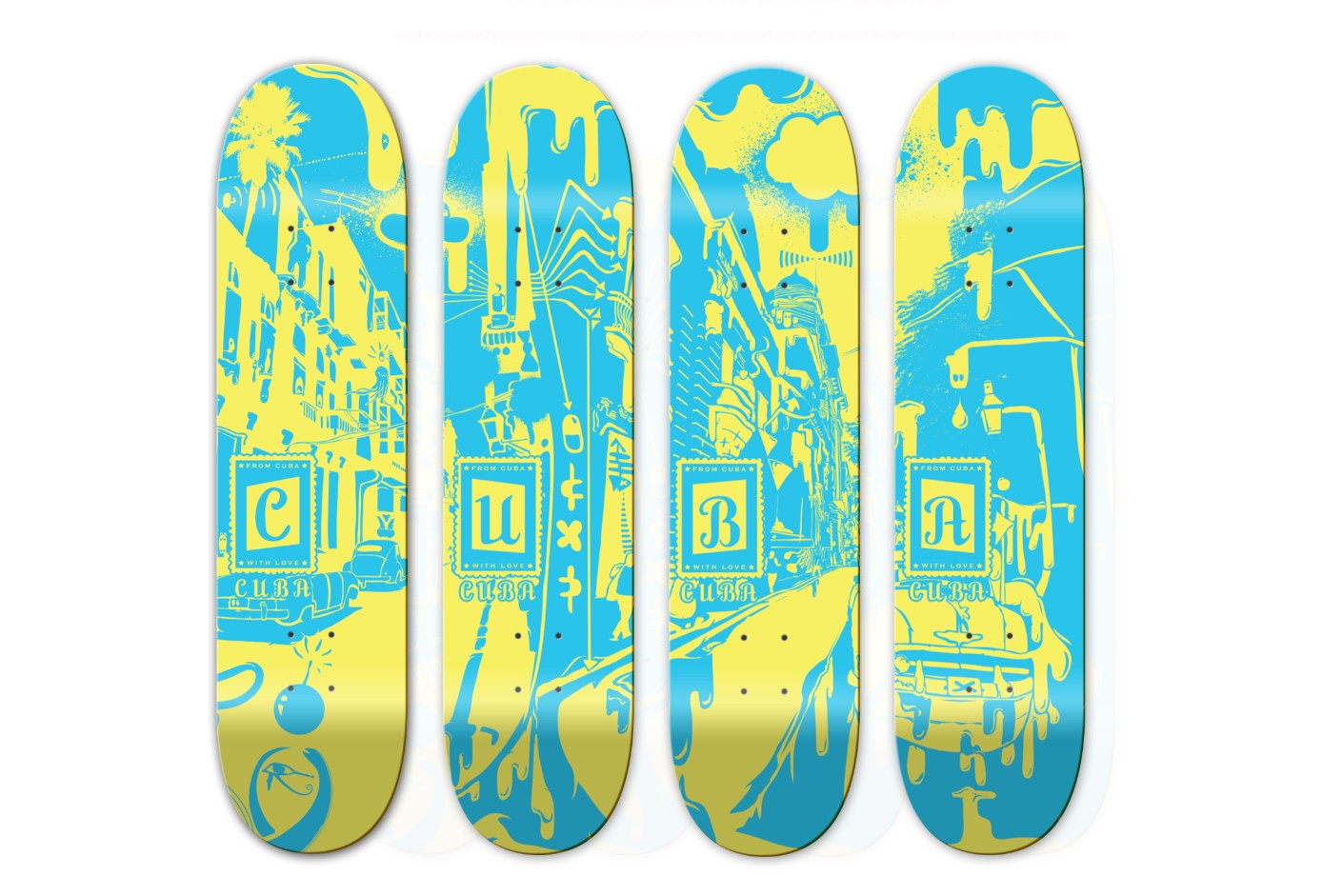
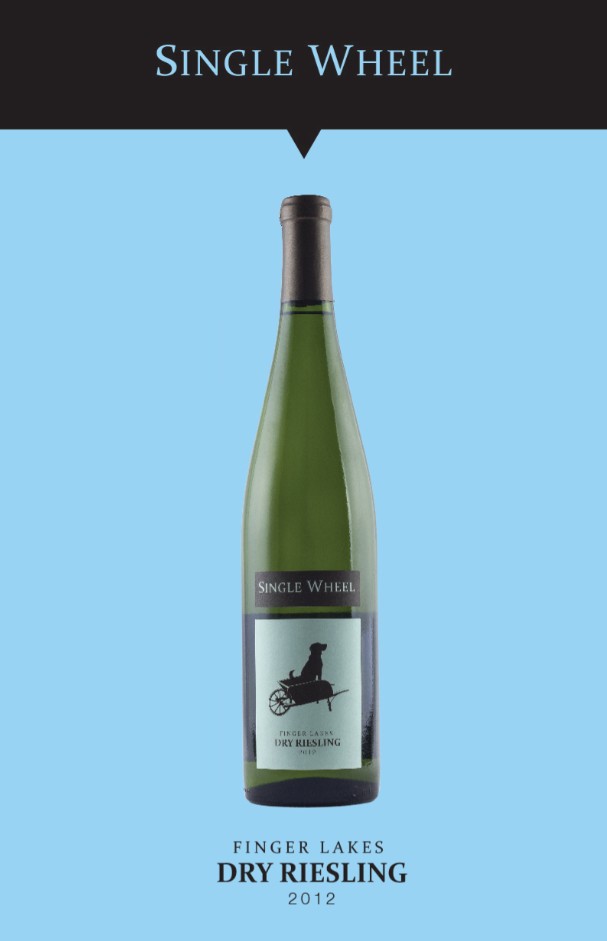
Awesome – so before we get into the rest of our questions, can you briefly introduce yourself to our readers.
A photographer and graphic designer from Waterbury, Vermont, Lisle has worked with a variety of outdoor companies. A former athlete himself, Lisle is a road warrior who has spent years traveling with top athletes taking photos and filming. His image library includes images published in local and national magazines as well as being named a finalist in the 2010 East Coast Super Shoot, 2011 Eye of the Condor in La Parva, Chile. In addition to photography – packaging design, graphic design, illustrations, and web management are just a few other tricks up the sleeve.
I would say there were two driving factors of how I ended up working in the photography and graphic design industry. Growing up in Vermont skiing was a huge passion and I eventually travelled the country competing in ski contests and making ski related content. My Grandmother was a studio artist and we spent most of my childhood painting and making art with her. One year she painted some backdrops for a Playmobil contest where we staged scuba divers under a ship to create a diorama – we might have won from an unfair advantage.
I now operate a studio providing web development, graphic design and product photography. I work primarily with small businesses and find it rewarding helping navigate and complete their needs. I take inspiration from my love of the natural world. Patterns, textures and color palettes inspired by nature paired with a minimalist design aesthetic is how I would describe most of my work commercial or personal projects.
I’ve worked on a lot of fun projects over the years with a highlight working for a non-profit called Cuba Skate which worked on raising funds to send skateboard equipment to Cuba. I was commissioned to do a series of skateboards and had creative control over the project. I also created some behind the scene videos of the rather labor intensive process from designing the artwork, transferring the designs to vinyl and then painting the boards. I ended up doing another set to be auctioned off after they were initially displayed at the Kennedy Center in Washington D.C. This was a fun project for a few reasons but it was nice to actually make something physical where most design work is done strictly on a computer.

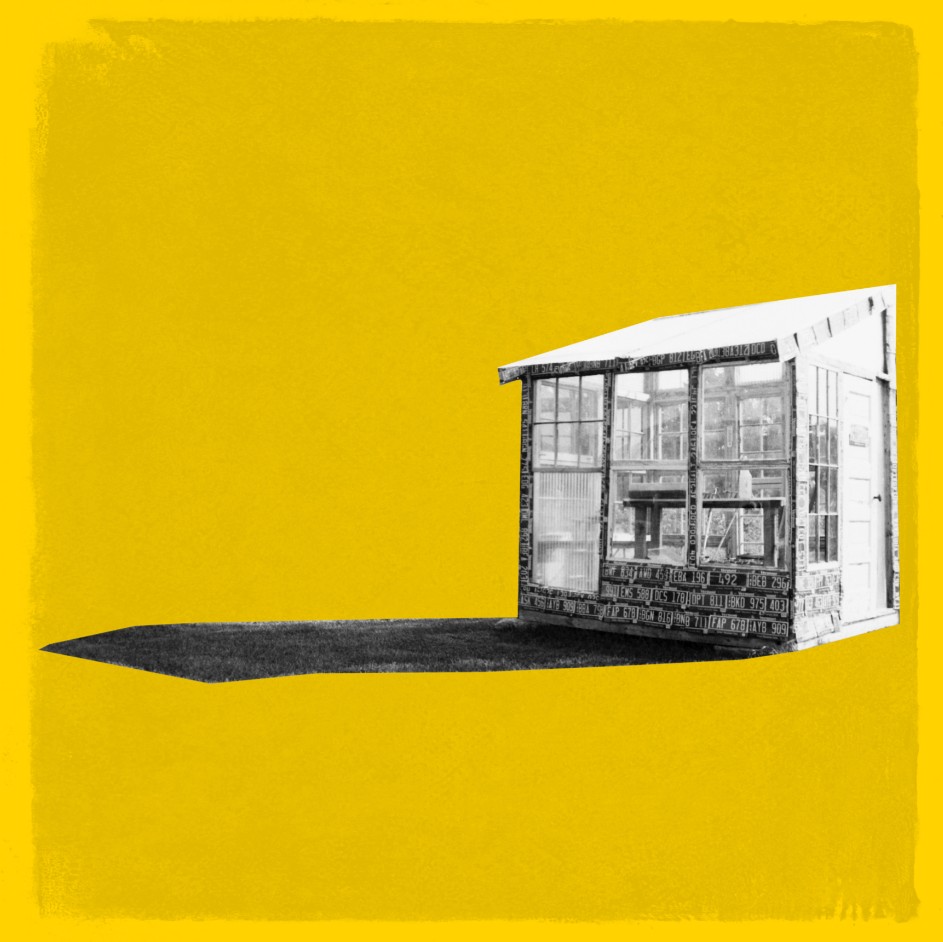
What do you find most rewarding about being a creative?
I enjoy the challenge of finding visual solutions to business needs. You take a clients needs, ideas and knowledge of their specific industry and distill that into a visual medium that reflects those goals. Even projects with similar scope have different intended design needs and uses. It’s always exciting when you go through the design process and are able to exceed the clients needs or push them in a new direction that better helps define their design language. Additionally, being part of a creative community fosters collaboration, learning, and growth. Connecting with fellow artists, sharing experiences, and receiving feedback from peers can lead to a deeper understanding of the craft and continuous improvement.
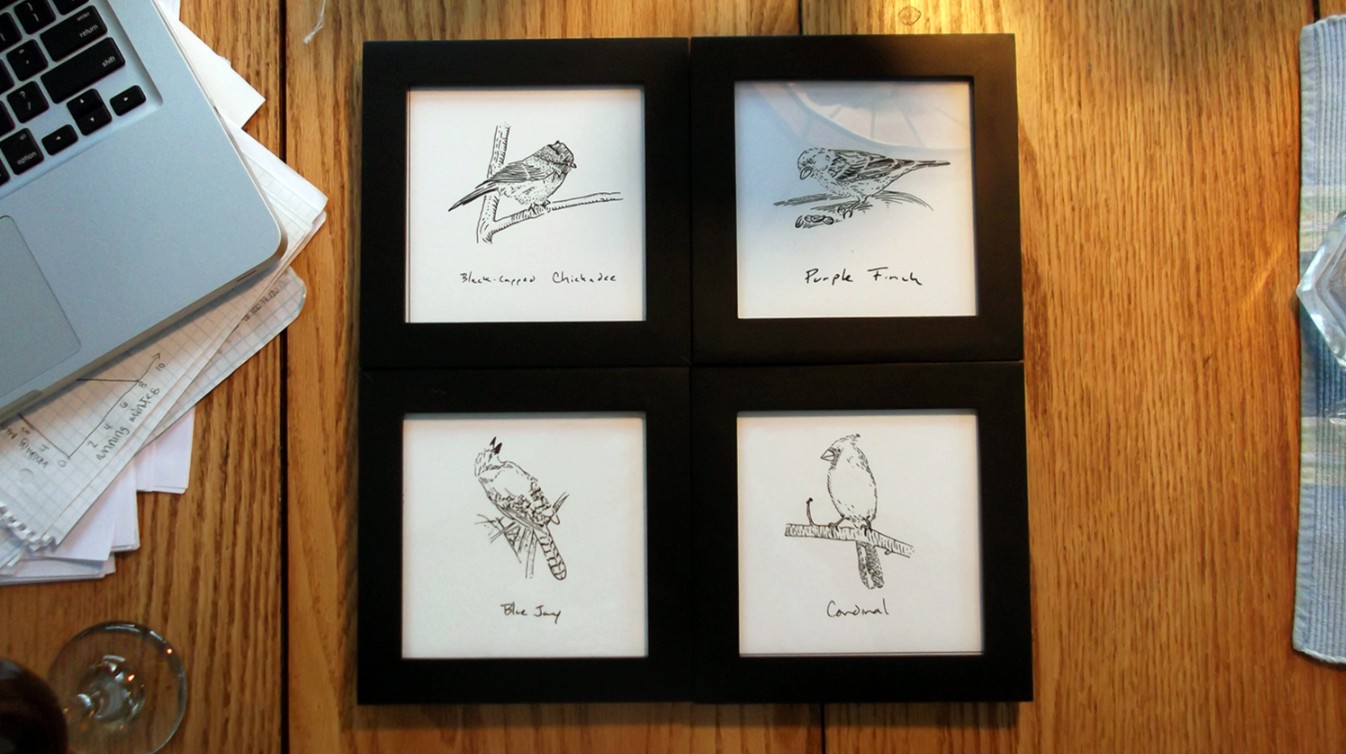
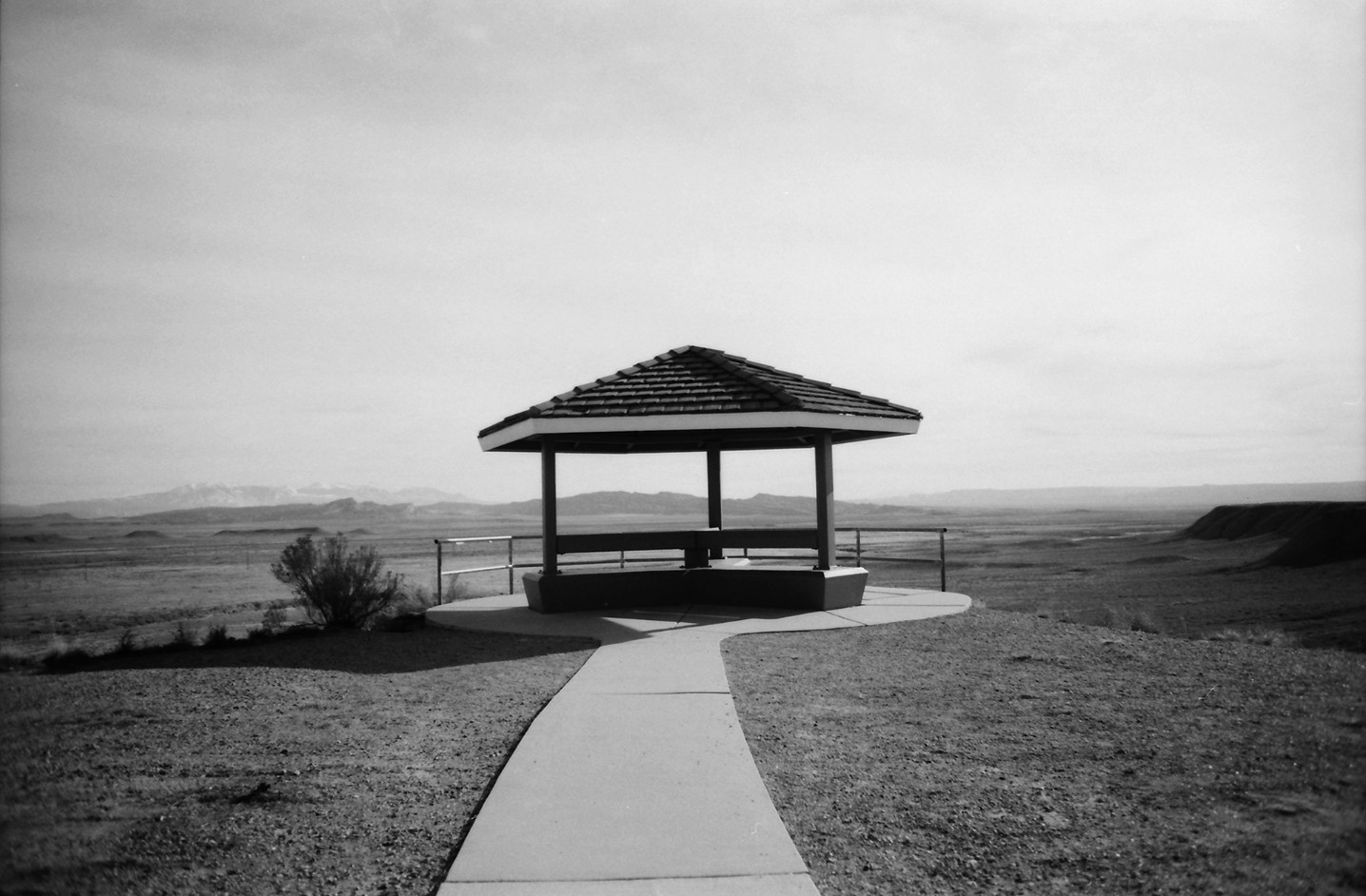
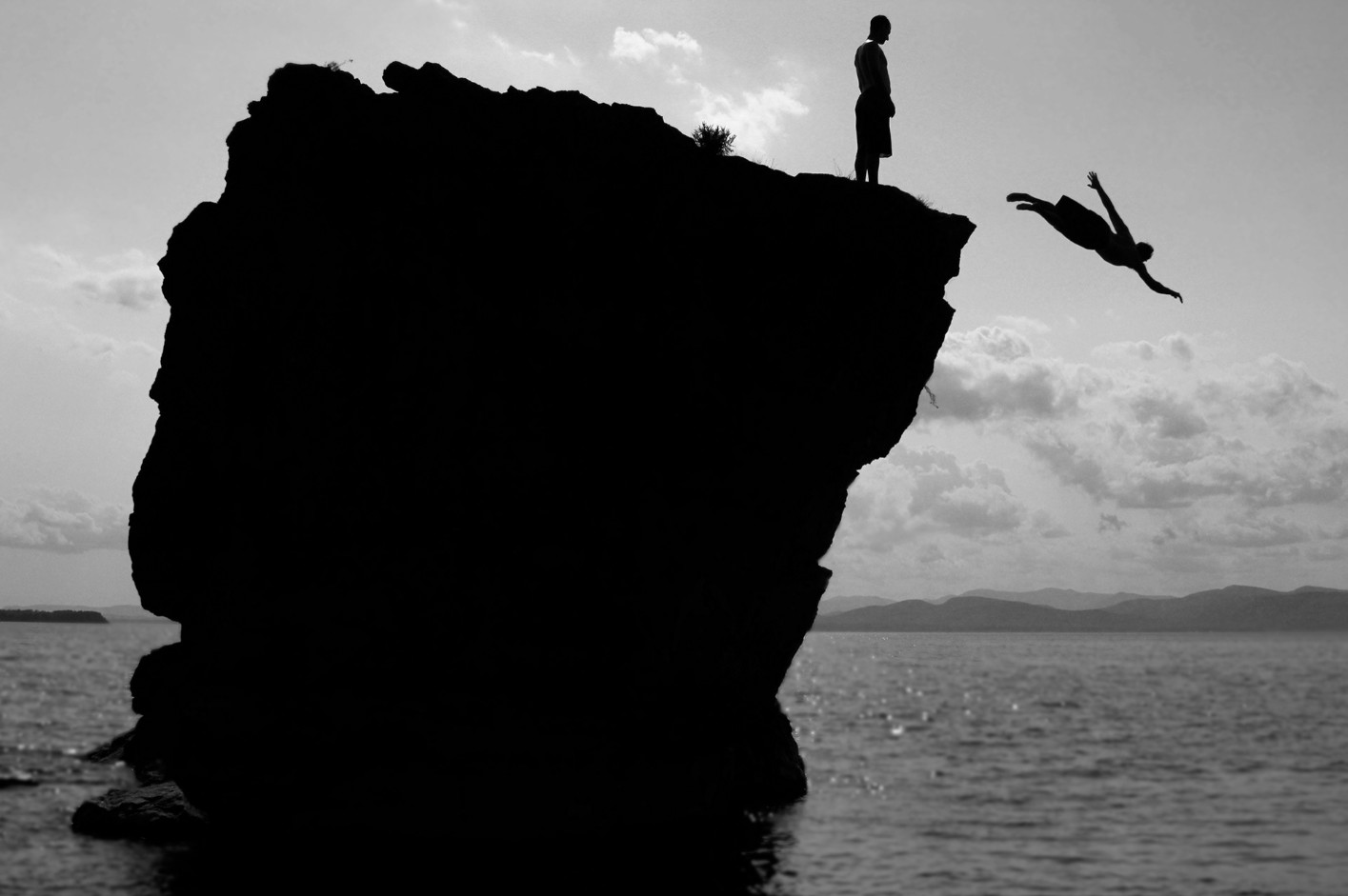
In your view, what can society to do to best support artists, creatives and a thriving creative ecosystem?
As a graphic designer, I believe that society can best support visual artists and designers by fostering a culture that values and recognizes the importance of creative expression. A thriving creative ecosystem takes the support of a local community. As with anything internet from music to artwork everything is easily consumable usually with little monetary support to the actual artist. I was fortunate to grow up in a family that valued art, museums and education. I think the majority of at least american society to be more interested in ‘entertainment’ over art and that stems from aggressive advertising. We watch the current writers strike where studio executives make millions while most of the production crew is basically lives paycheck to paycheck. Additionally, promoting fair compensation and ethical practices within the industry will ensure a sustainable and thriving creative ecosystem that benefits both artists and the broader community.
Contact Info:
- Website: www.christoherlisle.com
- Instagram: https://www.instagram.com/lislelislelisle/
- Linkedin: https://www.linkedin.com/in/christopherlisle/
Image Credits
All photography Christopher Lisle


